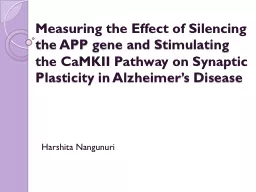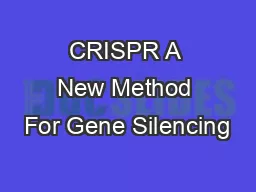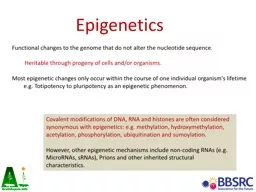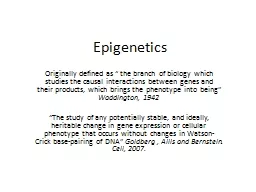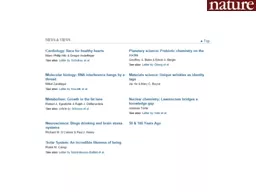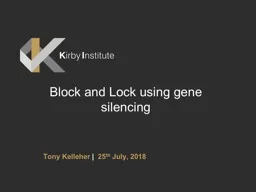PPT-Measuring the Effect of Silencing the APP gene and Stimulat
Author : tatiana-dople | Published Date : 2017-08-14
CaMKII Pathway on Synaptic Plasticity in Alzheimers Disease Harshita Nangunuri APP Gene Amyloid precursor protein Bamyloid peptide Affects synaptic plasticity
Presentation Embed Code
Download Presentation
Download Presentation The PPT/PDF document "Measuring the Effect of Silencing the AP..." is the property of its rightful owner. Permission is granted to download and print the materials on this website for personal, non-commercial use only, and to display it on your personal computer provided you do not modify the materials and that you retain all copyright notices contained in the materials. By downloading content from our website, you accept the terms of this agreement.
Measuring the Effect of Silencing the APP gene and Stimulat: Transcript
Download Rules Of Document
"Measuring the Effect of Silencing the APP gene and Stimulat"The content belongs to its owner. You may download and print it for personal use, without modification, and keep all copyright notices. By downloading, you agree to these terms.
Related Documents

